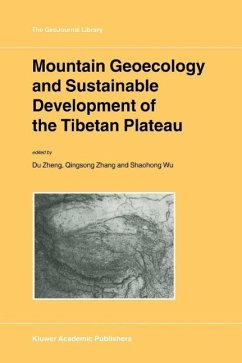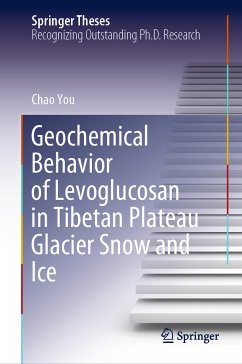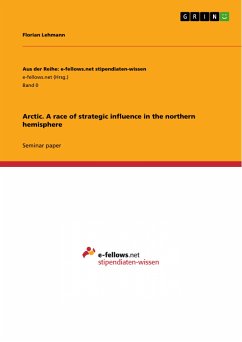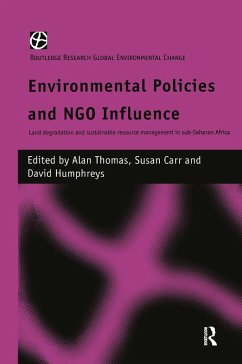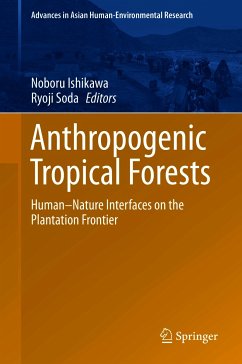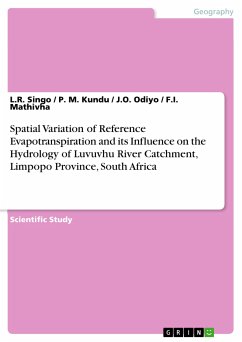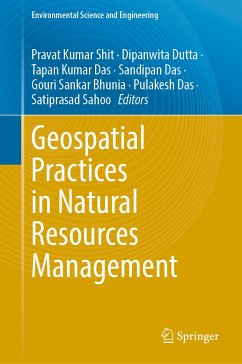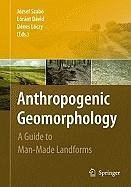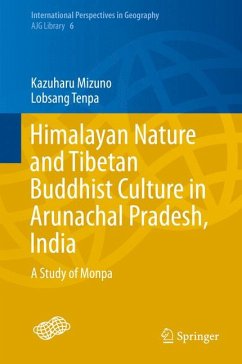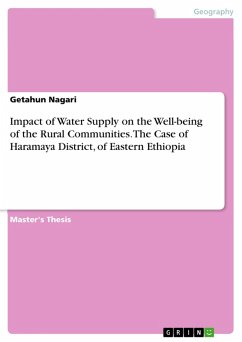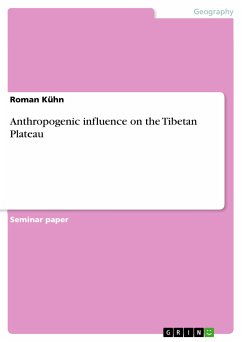
Anthropogenic influence on the Tibetan Plateau (eBook, PDF)
Versandkostenfrei!
Sofort per Download lieferbar
Statt: 15,95 €**
13,99 €
inkl. MwSt. und vom Verlag festgesetzt.
**Preis der gedruckten Ausgabe (Broschiertes Buch)
Alle Infos zum eBook verschenkenWeitere Ausgaben:

PAYBACK Punkte
0 °P sammeln!
Seminar paper from the year 2014 in the subject Geography / Earth Science - Regional Geography, grade: 2,3, RWTH Aachen University (Geographisches Institut), language: English, abstract: The Tibetan Plateau is probably the most important and one of the most fragile areas in the world. With its enormous tectonic geomorphology forms and its unique ecosystem the Tibetan Plateau has an huge impact on the asian continent and even on the whole global climate (Cui/Graf 2009:49). For hundred of years this area was inhabited by few nomads, who practiced a sustainable approach of life in this space. Ini...
Seminar paper from the year 2014 in the subject Geography / Earth Science - Regional Geography, grade: 2,3, RWTH Aachen University (Geographisches Institut), language: English, abstract: The Tibetan Plateau is probably the most important and one of the most fragile areas in the world. With its enormous tectonic geomorphology forms and its unique ecosystem the Tibetan Plateau has an huge impact on the asian continent and even on the whole global climate (Cui/Graf 2009:49). For hundred of years this area was inhabited by few nomads, who practiced a sustainable approach of life in this space. Initiating with the reforms of " the Great Leap Forward, the Opening Door Policy and the Globalisation" an imigration flow began to discover and settle down. Those hu-man activities had an influence on the climate change and land-cover change. The consequences resulting thereoff are evident and measurable and the aftereffects of that development cant yet be foreseen in their whole scale. The purpose of this study is to examinethe anthropogenic influence on the Tibetan Plateau in recent years. The structure applied to this paper begins with a geographic classification of the Tibetan Plateau with its geographical, geomorphological and climatical charecteristics. The second part discribes the anthropogenic influence on the Plateau area and its demographical and agricltural development since the 1950s. The impacts of this influence on the vegetational and soil change are being discribed in the third part and the conclusion finalises this study.
Dieser Download kann aus rechtlichen Gründen nur mit Rechnungsadresse in A, B, BG, CY, CZ, D, DK, EW, E, FIN, F, GR, HR, H, IRL, I, LT, L, LR, M, NL, PL, P, R, S, SLO, SK ausgeliefert werden.




